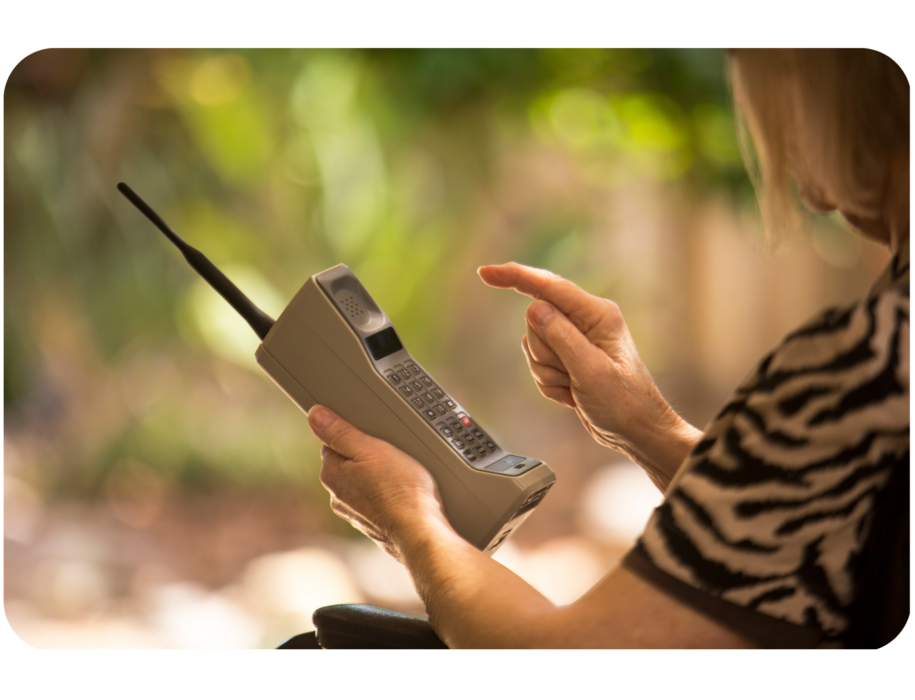The 50th Anniversary of the First Cell Phone Call
Today marks the 50th anniversary of the first cell phone call ever made. The call was made by Motorola engineer on April 4, 1973 using a prototype of what would become the world’s first commercially available mobile phone – the Motorola DynaTAC.
March 23, 2023 | 2 min read

let’s get into the basics
The mobile phone industry has revolutionized the way we communicate, and it’s hard to imagine life without them now. From the first bulky devices to the sleek and powerful smartphones we have today, the evolution of the cell phone has been remarkable, and it’s exciting to think about what the future of mobile communication technology holds.
Key Moments That Shaped Smartphone’s Over 50 Years:
- The first cell phone call in 1973: As mentioned earlier, the first-ever cell phone call made by Martin Cooper marked the beginning of mobile communication technology. It was priced at $3,995 and took roughly 10 hours to charge for 30 minutes of talk time.
- Intro of smartphones in 1990s: Companies like IBM, Ericsson, and Nokia released some of the first smartphones, which had limited capabilities, but still allowed for basic computing and communication.
- BlackBerry in 1999: The BlackBerry was a game-changer in mobile communication, as it allowed for secure email communication and basic internet browsing.
- iPhone in 2007: The iPhone was a huge leap forward in smartphone technology, as it brought a touch screen interface, a powerful operating system, and access to the App Store.
- Android in 2008: Android brought a new level of customization to smartphones, allowing users to personalize their devices to a greater degree than ever before.
- Intro of 4G and 5G networks: The introduction of faster and more reliable mobile networks has allowed for faster download speeds, improved streaming quality, and better overall performance on smartphones.
- The rise of social media: Social media platforms like Facebook, Twitter, and Instagram have transformed the way we communicate and consume information on our smartphones.
Conclusion
As we commemorate the 50th anniversary of the first cell phone call, we reflect on the remarkable journey that has shaped our modern-day smartphones. From the bulky Motorola DynaTAC to the sleek and powerful devices we carry today, mobile communication has evolved in ways unimaginable. Looking ahead, the future of mobile technology promises even greater innovations and advancements. As we celebrate this milestone, let us remember the transformative impact of smartphones on our lives and anticipate the exciting possibilities that lie ahead in the ever-evolving landscape of mobile communication technology.
Related Posts

This is the heading

This is the heading


